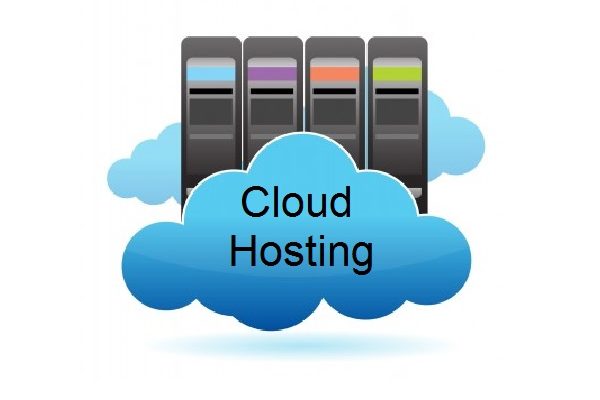With the advent of the New Year, cloud hosting is about to get a new boost in budget. The IT budget devised for 2017 allots one-third of the fortune to cloud and hosting services. This year, large organizations are expected to spend as much as 67% of their annual budget on cloud hosting services and cloud computing. As of 2016, only 28% of the total budget was allotted to cloud hosting services.
A glimpse at the IT budget breakdown –
The increasing focus on cloud services signifies a change of the internal IT roles. Infrastructure-as-as-Service or IaaS, security services, management are classified under the public cloud and hosting services. About 30% of the total IT budget will be allocated for infrastructure maintenance. The remaining 70% will be dedicated to a myriad of services including –
i. 5% for professional services (cloud enablement)
ii. 9% for enhanced security services
iii. 14% on managed services
iv. 42% on application services
As we can see from the split above, application services get the lion’s share of the budget.
What does this mean for the enterprises and their IT teams?
A new paradigm shift is becoming more apparent where cloud spending is gaining more importance. Enterprises are gradually shying away from their old, ad hoc approach. The new model is going to be lead by the upper management teams and CIOs. The shift has been brought about by the business leaders who see the benefit of technology in the website management system.
When it’s the question of Software-as-a-Service (SaaS) apps, most of the expense is related to email, productivity, website hosting, file storage and CRM. In 2017, all businesses big and small are looking forward to implementing cloud services to file storage, database maintenance, data analysis, big data, data warehousing and business intelligence. This automatically means the IT teams have to re-learn all the procedures for updating and maintaining databases in cloud environments.
A few glitches to be smoothened out first –
The most imposing hindrance in the path of cloud adoption is the extensive training required to maintain the databases in a non-tangible environment. This is bringing about massive changes in team structure and budgeting of the big corporations who generate tons of big data every waking minute. About 9% of the management heads participating in a very recent survey conducted by 451 states that they will be hiring new talents to manage their data relationships.
Good news for the cloud hosting services who are already in the game –
The 451 report also concluded that Salesforce dominates the CRM space for SaaS and Microsoft Office 365 occupies the first position in email and productivity categories. Sales force developer is a well-known name in the domain of CRM app development and it lends considerable gravitas to Salesforce services as a whole. DropBox is the most sought after option for file storage services.
